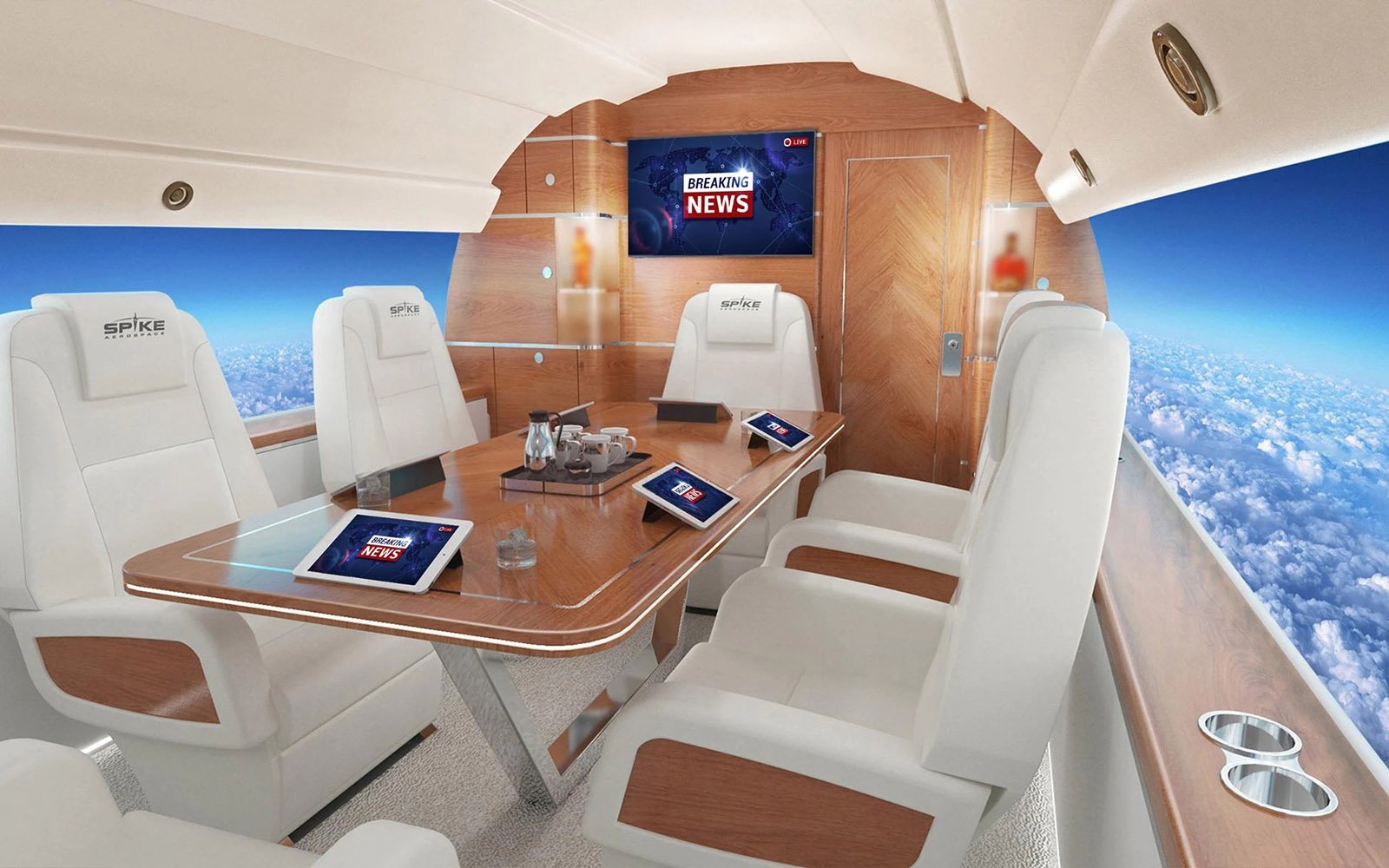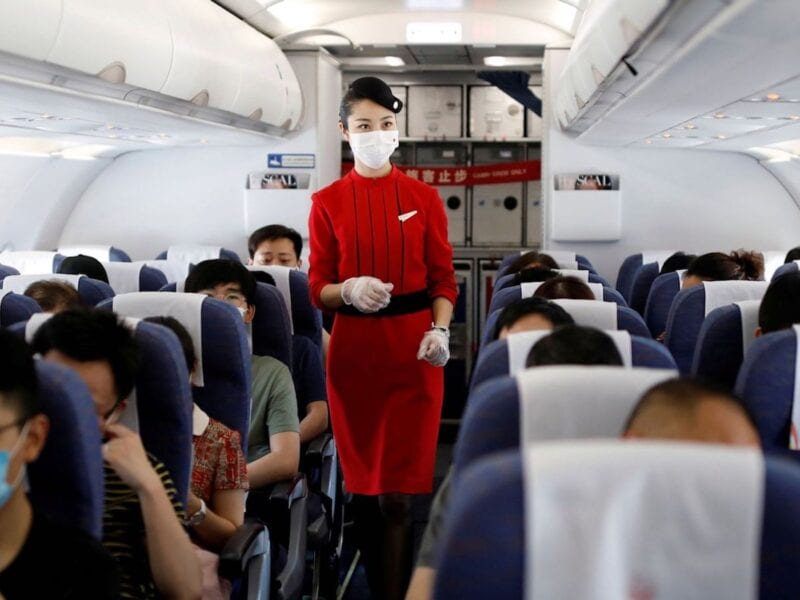
Fly at the speed of sound? The supersonic jet that could be a reality
Supersonic jet air travel is back. No more agonizing 12-hour flights back & forth across the pond. No more outrageous jet lag that’s barely over before you’re winging back home on your return flight. Some of us miss the Concorde.
Truth is transatlantic flights have never been the same since Concorde flights came to a halt in 2003. The British-French turbojet, which still holds the record for the fastest crossing of the Atlantic by a commercial aircraft after cruising at more than twice the speed of sound, made its final flight in June 2003, the last time travelers could fly across the Atlantic in under three hours.
While the Concorde’s retirement may have marked the first time in aviation history that we took a step backwards, there is some good news from a new supersonic jet hoping to herald a new era of travel. As reported by The Telegraph, Spike Aerospace’s Spike S-512 Supersonic Jet might just be our next greatest opportunity to travel from London to the U.S., and vice versa, in record time.

Growing supersonic market
The S-512 is Spike’s contribution to the growing supersonic jet market, which is reemerging after almost two decades since the demise of the Concorde jet. The Telegraph revealed that the new jet offers “both low sonic boom (the explosive noise caused by the shock wave from an aircraft when they break the sound barrier) and a commitment to offering a “Zero Carbon” flight by 2040”.
The Spike S-512 has been designed to transport up to eighteen passengers, with the ability to do 3,000-mile trips including the likes of typically long-haul journeys such as London to New York, or Dubai to Hong Kong in around three and a half hours, all “while maintaining low sonic boom”.
The makers of the new supersonic jet revealed the plane’s deluxe interior. Spike Aerospace’s S-512 Supersonic Jet won’t have windows in order to increase fuel efficiency and keep the cabin quiet, according to The Telegraph. Instead, the inside walls will be lined with an extra-long computer screen that can split up into individual TVs.

Business travel focus
The new jet is also slower, but can travel over land because it produces a lighter sonic boom.“The Concorde was ridiculously noisy,” Spike CEO Vik Kachoria told The Telegraph. “Most conversations between two people are between 65 and 75 decibels and the noise level found within most plane cabins is around 85 decibels. Our windowless aircraft will be about 60 decibels, so lower than the sound of a conversation.”
Kachoria told the newspaper the jet is focused towards business travel. “Zoom works great but if you’re doing a billion dollar deal, you really want to be there on the ground, to touch & feel & see it.” The jet’s seats will also be convertible — so the cabin can transform into a boardroom, bedroom, or dining room.
The Concorde traveled at Mach 2.04, or twice the speed of sound. Spike’s new jet will start out at Mach 1.6, twice as fast as any jet on the market, The Telegraph said. The company hopes to reach Mach 3.2 sometime in the next decade, which would enable flights between London & New York in under 90 minutes.

Projected airline partnerships
Spike Aerospace, hired former Virgin Australia CEO John Thomas in hopes to broaden the appeal of the company’s exclusive product. “Spike Aerospace’s vision for supersonic flight is tremendously compelling and ideally suited for all the major international airlines,” Thomas handles airline partnerships for the aerospace company.
Although Thomas held the title of Virgin Australia CEO for less than a year, he was hired for his background of working as a senior advisor in a number of airlines, including Delta, United, Qantas, Emirates, British Airways and others. He has also advised several major Business & General Aviation (B&GA) companies, such as Piper Aircraft, VistaJet & Flexjet.
Spike’s main aim is to develop its S-512. The S-512 would allow its customers to fly transcontinental flights 40% faster than regular aircraft, something not seen since the Concorde but promised by a number of companies in the last decade.






